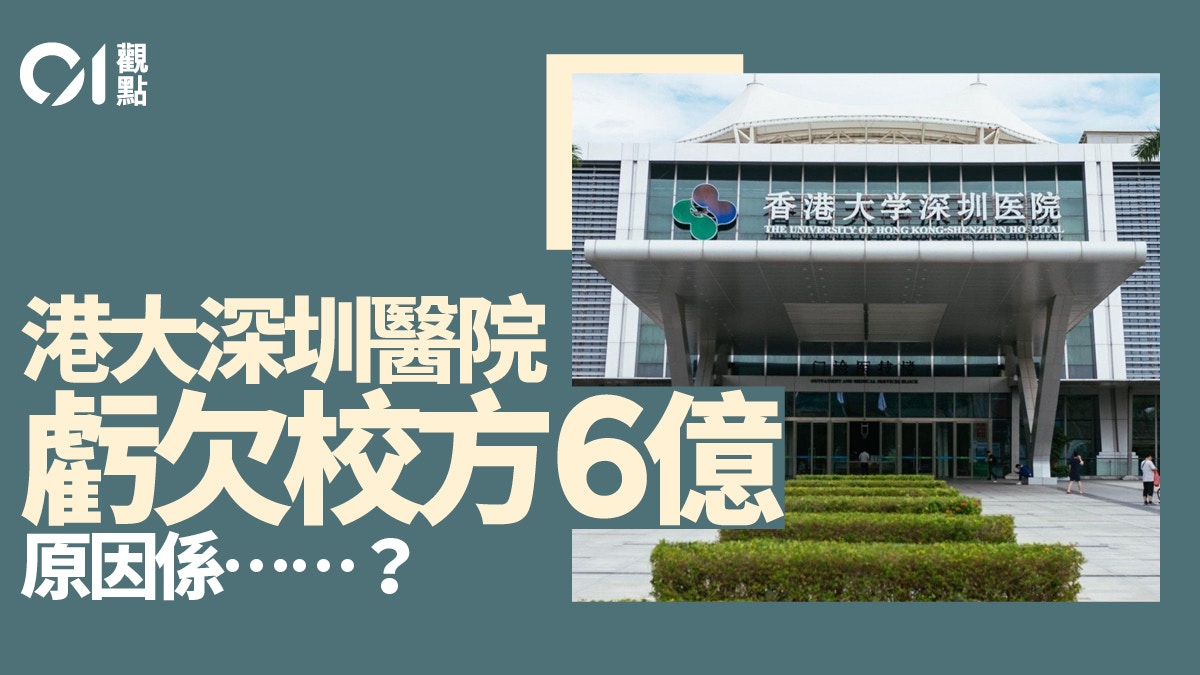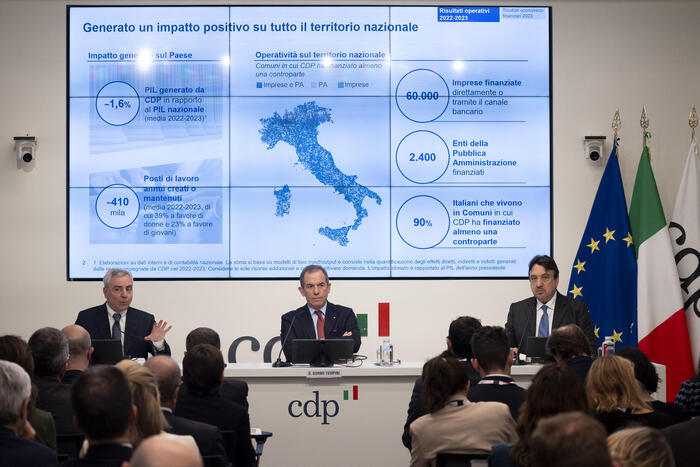In July 2011, the Shenzhen Municipal Government and the University of Hong Kong signed the "Agreement on Co-hosting the University of Hong Kong Shenzhen Hospital". The contract initially lasted for ten years, so it expired in July this year.
A few days ago, it was reported that the two sides did not establish a new long-term cooperation agreement, but only extended the original contract for a short period of five months to the end of this year. One of the reasons for the poor progress of the negotiations was that the epidemic prevented the two parties from meeting.
At the same time, the hospital owed about 600 million yuan of old debt to the University of Hong Kong during its operation from 2012 to 2016, and it is said that it has still only repaid less than 20 million yuan.
When the news of the Hong Kong University Shenzhen Hospital's debt to the school first came out, a person familiar with the matter said that the hospital had set aside 80 million yuan for this purpose at the time, and it was expected to be repaid in 2018 and 2023.
Soon after, surgeon Lu Chongmao took over as the dean in November 2016. He immediately told the media that the hospital could turn losses into profits and cap the school debt, and explained that the main reason for the arrears was the desire to save taxes on cross-border remittances.
However, in 2018, Lu Chongmao said that the hospital was only able to pay off the new debts of more than 100 million yuan in the previous year. For the old debts, he only said that there would be a timetable for gradually processing the old debts in batches within ten years.
Lu Chongmao, Dean of Hong Kong University Shenzhen Hospital.
(Profile picture / Photo by Liang Pengwei)
The four-year surplus was barely enough to repay the debt
Checking the public accounts of the Shenzhen Hospital of the University of Hong Kong, the balance of the final accounts in 2017 was a loss of RMB 50.16 million, and from 2018 to 2020, it earned approximately RMB 102 million, RMB 382 million, and RMB 78.68 million, respectively. In other words The total surplus of the college over the past four years was enough to barely offset the total amount of old debt owed to the Hong Kong school.
However, during this period, the hospital's overall debt further rose from 1.225 billion yuan to 1.472 billion yuan, an increase of more than 20%. It has to be said that its financial situation is quite worrying.
It is worth noting that the Shenzhen Municipal Government’s investment standard for the Hong Kong University Shenzhen Hospital is the same as other newly-built public hospitals, limited to subsidizing its operating expenses during the first five years, and the specific amount will decrease year by year.
Specifically, the full subsidy is given before the opening, and gradually reduced to 70%, 50%, and 30% after the opening, and then only the financial subsidy for basic medical services is provided.
The hospital, which has been in business for more than nine years, is obviously unable to obtain the former operating subsidy. Its 600 million yuan of old debts were generated during the operating subsidy period. It is inevitable that people will worry that the debt platform will still be high in the future.
Remittance and tax payment hindered unclear accountability
As for the taxation of cross-border remittances that Lu Chongmao has repeatedly mentioned, there is actually quite a bit of ambiguity in Xie.
The act of cross-border remittance itself does not directly generate any tax burden in accordance with the mainland tax law. Therefore, the relevant problem is at most that the payment needs to be paid for other links. The types of taxes that may be involved in the withholding mainly include corporate income tax, and 2016 The business tax abolished by the "VAT reform" and the value-added tax that has been levied thereafter.
Lu Chongmao once described the tax involved as value-added tax in 2018, and later claimed that after negotiation, he successfully reduced the tax rate from 20% to about 6%, but this statement sounds unreasonable to people who know the mainland tax law. .
Because 20% is the income tax rate in China for foreign companies without direct affiliates in the National Corporate Income Tax Law, which is a different tax from VAT, and the 2007 Implementation Regulations of the Income Tax Law stipulated that the withholding reduction was 10% early in the morning. .
6% is the value-added tax rate applicable to the service industry in the "Interim Regulations on Value Added Tax" after the 2016 "VAT Reform". This national tax reform process has nothing to do with the Hong Kong University Shenzhen Hospital.
The Hong Kong University Shenzhen Hospital has contributed to the development of Hong Kong's medical profession and the improvement of local medical and health care. However, its long-term debt to the school has shown that relevant personnel have a need to improve their financial management capabilities and knowledge of mainland tax laws.
Following the requirements of the "Guangdong-Hong Kong-Macao Greater Bay Area Planning Outline" to "promote close cooperation with high-quality medical and health resources, and support Hong Kong and Macao medical and health service providers to set up medical institutions in the nine Pearl River Delta cities in the form of sole proprietorship, joint venture, or cooperation in accordance with regulations." It is expected that there should be more and more institutions like the Hong Kong University Shenzhen Hospital, and their operators must face up to the relevant problems to prevent similar incidents from happening again.
Guangshen recruits Hong Kong Chinese medicine practitioners. The SAR government needs to reflect on the problem of medical manpower. It must take a multi-pronged approach to improve medical vouchers. The key lies in prevention and standardization.







